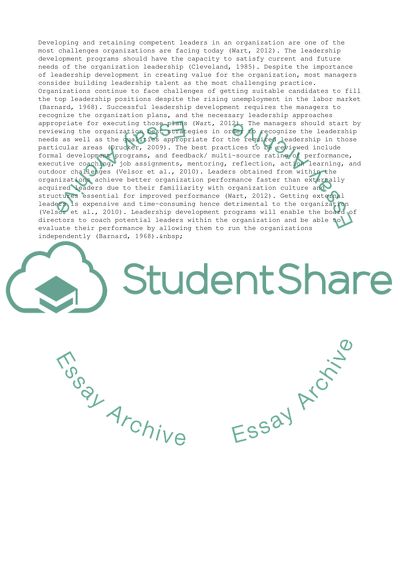Cite this document
(The Relevance of the Leadership Program: the Organization Leadership Research Paper, n.d.)
The Relevance of the Leadership Program: the Organization Leadership Research Paper. Retrieved from https://studentshare.org/business/1653309-executive-leadership
The Relevance of the Leadership Program: the Organization Leadership Research Paper. Retrieved from https://studentshare.org/business/1653309-executive-leadership
(The Relevance of the Leadership Program: The Organization Leadership Research Paper)
The Relevance of the Leadership Program: The Organization Leadership Research Paper. https://studentshare.org/business/1653309-executive-leadership.
The Relevance of the Leadership Program: The Organization Leadership Research Paper. https://studentshare.org/business/1653309-executive-leadership.
“The Relevance of the Leadership Program: The Organization Leadership Research Paper”, n.d. https://studentshare.org/business/1653309-executive-leadership.


